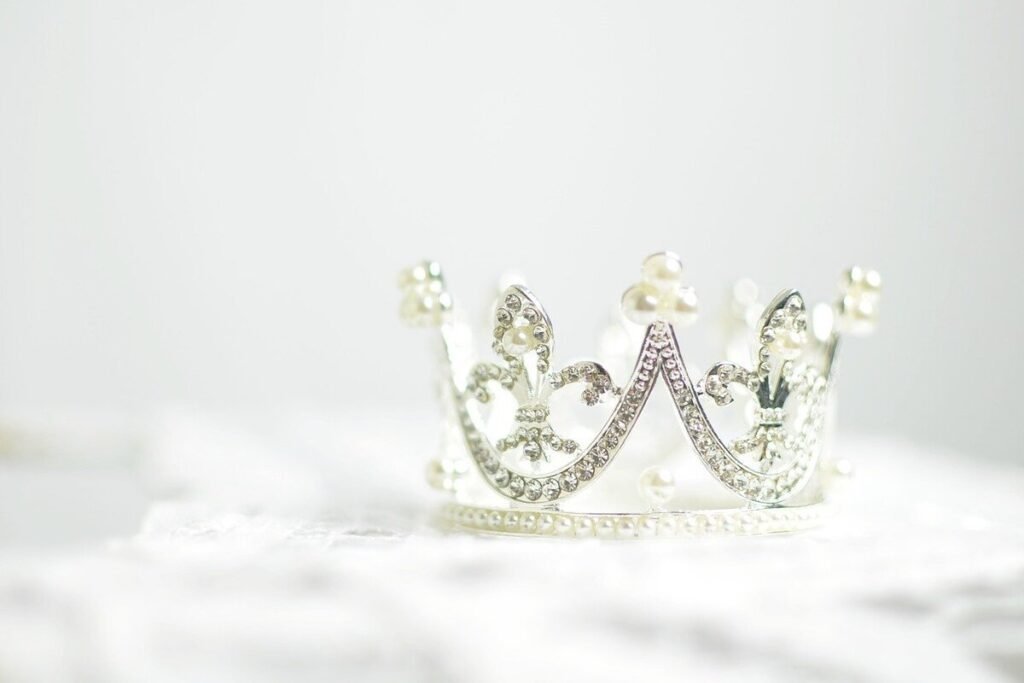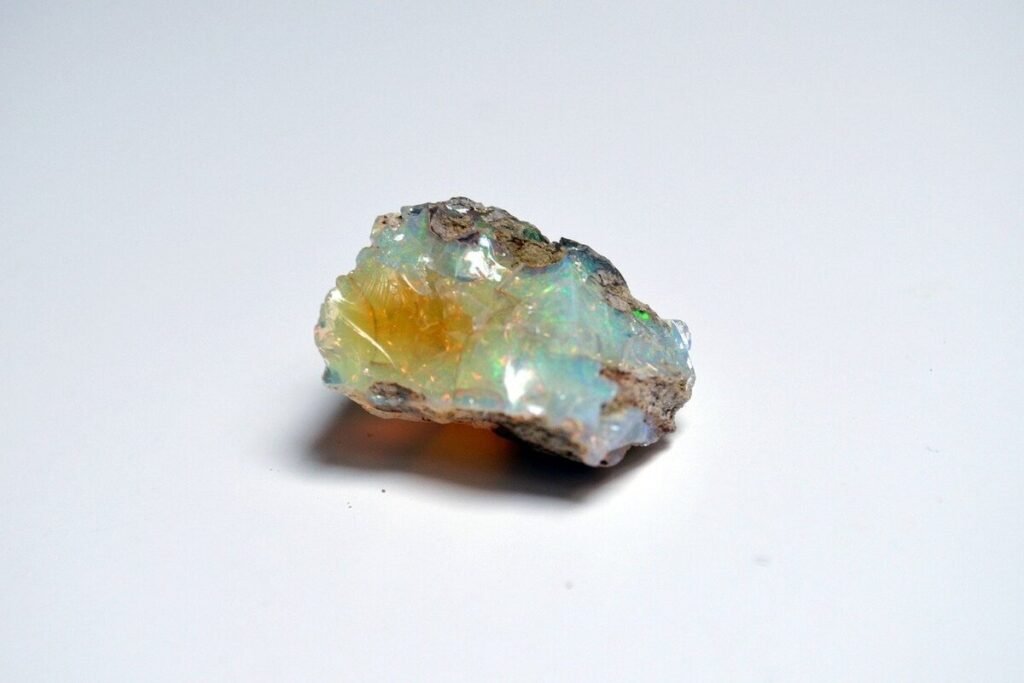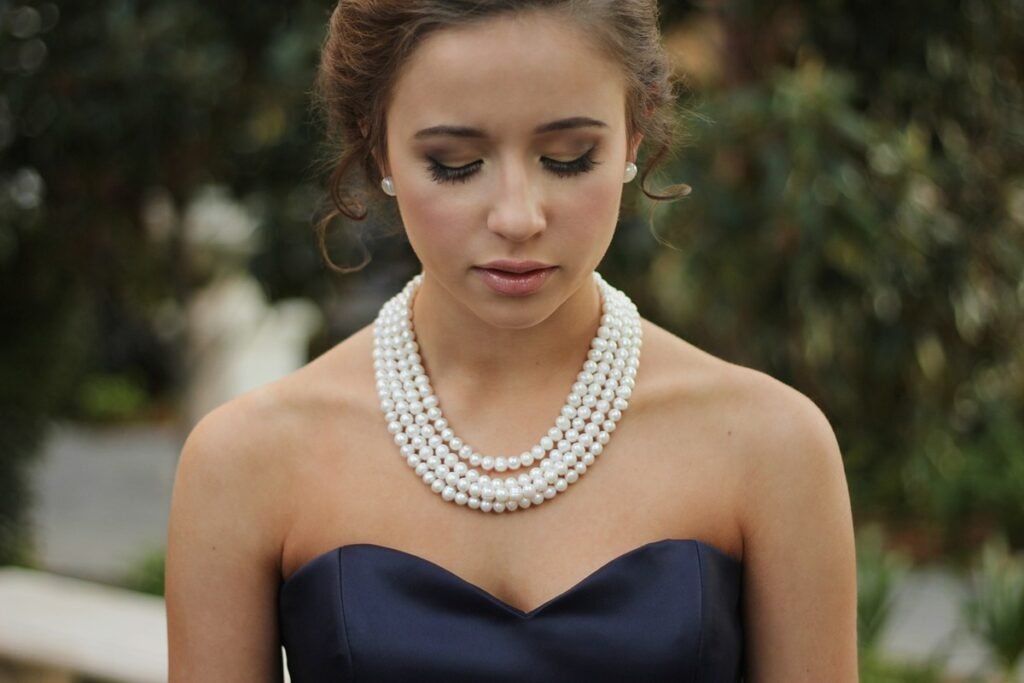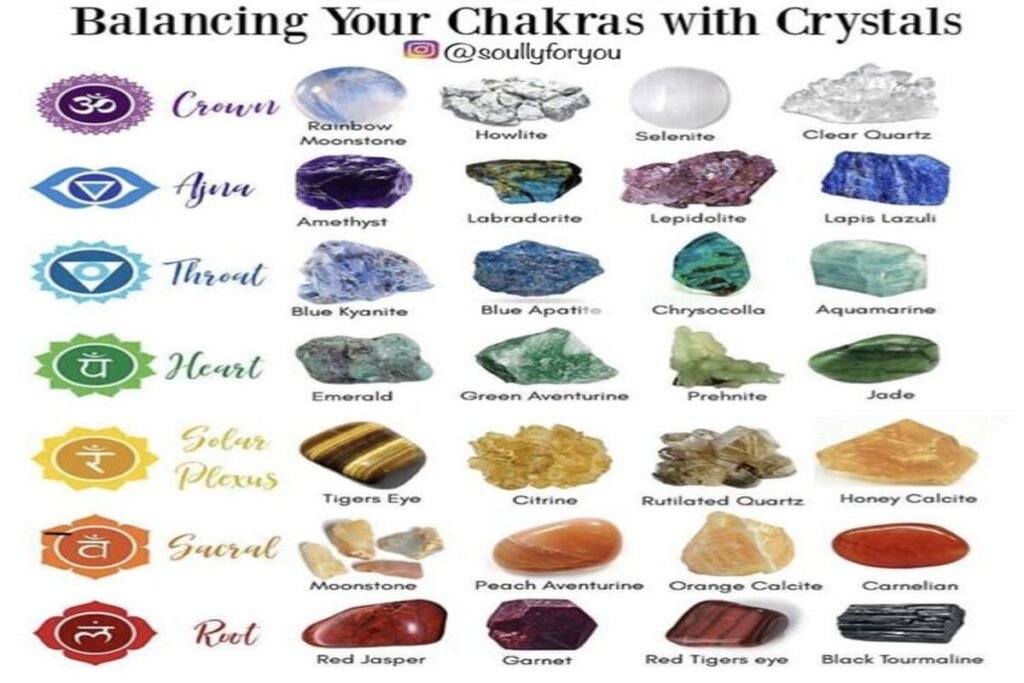When people wear jewelry, they want to enhance either their outfits or their energies. Some gemstones sparkle to add some pizzazz to an everyday outfit. Other precious gems tend to have specific health or healing properties that, when worn, can bring the user some good benefits.
Cursed Diamonds and Stones in Jewelry History
However, just as yin and yang exist as a balance, having good luck stones also mean that there are unlucky ones. Various famous gemstones exhibit bad luck throughout the history of jewelry. Most of these stones brought bad luck to their wearers in the form of death or violence.
Some may say that these are cursed stones. Their legends and stories have taken a life of their own. Before you get scared of getting a diamond for fear of a streak of bad luck, it’s good to know which diamonds have bad juju history, and which ones are still associated with negative energies until now.
Understand the stories behind the legends so you can be the on whether these stories should be taken with a grain of salt, or if their beauty overpowers expected bad luck.
Famous Gems With Bad Juju
Throughout history, many wealthy members of royalty have owned superb stones. Yet a handful were unfortunate enough to have owned cursed jewelry. These gems and stones either had a history of violence or had very strong connections to the death of their owners.
Here are the most infamous jewelry and the stones that have racked up a bad rep for being a no-no in every royalty’s jewelry box.
The Hope Diamond
If there was an epitome for bad luck jewelry, it would have to be the Hope Diamond. This diamond subverts the notion that beautiful things carry beautiful memories. The vivid blue of the 45-carat diamond has attracted many thieves throughout the 350 years that it has passed hands and ownership.
Among its infamous origin story involves thievery from the very beginning. An unnamed thief supposedly stole the diamond from the eye of a Hindu statue. When a stone’s journey begins with stealing, it’s bound to not have a good middle and end.
The Hope Diamond fell into the hands of Marie Antoinette, who was infamous for her excess splurging. Another owner, Evalyn Walsh McLean, lost her entire family after buying the stone.
The Hope Diamond serves as proof that life is more important than wealth. McLean’s surviving family supposedly sent the diamond to the Smithsonian Museum for just a little under $3 to get rid of the Hope Diamond curse, But the diamond was not yet finished. During the delivery, the mailman was involved in an accident. To this day, the Hope Diamond is housed in the museum and has become a popular attraction to many visitors.
The Koh-i-Noor
As the world’s biggest cut diamond, it would seem that the Koh-i-Noor would be very valuable to whoever owned it. Yet its long history of passing ownership is marred with death, thievery, and conquests. So why is Kohinoor diamond cursed?
The Koh-i-Noor originated from India, where its size made it infamous not only among those who saw it but supposedly even to the Hindu god Krishna. Unfortunately, its owners did not experience similar favor from the gods.
Its history of trade and blood eventually reached Britain, where it became the focal point of the royal jewels after being given to Queen Victoria. It became the center stone for the Imperial Crown.

Before this, the Koh-i-Noor Diamond was already notorious for killing off its male owners in battle and blood. This alludes to the Hindu belief that the diamond should only be worn either by God or a woman. Thus, upon reaching British soil, it became a diamond that can only be worn by women of the throne.
Le Collier de la Reine
When a necklace gets purchased because of deception, it’s bound to carry some negative energy about it. The Le Collier de la Reine harks back to the time of Marie Antoinette who was well-known for her lavish lifestyle. However, rather than it being part of her collection of excess, this piece actually came from a plan by Comtesse de la Motte to make Marie Antoinette take the fall.
She made the Cardinal de Rohan believe that he was buying the diamond necklace piece for the queen when it was supposed to be for the Comtesse. When her plan was revealed, she had already taken apart 28,000 diamonds from the necklace and sold them in the black market. This led her to become a prostitute and marred Marie Antoinette’s name even more.
The Taylor-Burton diamond
Compared to other cursed crystals, the Taylor-Burton diamond’s worst attribute is its connection to a divorce. Richard Burton bought the stone for his wife Elizabeth Taylor. It became her favorite pear diamond necklace. Photographs of Taylor showed that she frequently wore the diamond.
However, the couple divorced twice. On the second divorce, Taylor decided to get rid of the diamond. She sold it to a New York jeweler, after which it made its way to the Mouawad Jewelers.
The Black Orlov diamond
India seems to be a hot spot for stolen diamonds. The Black Orlov diamond dates back to 19th century India. A monk supposedly stole the diamond from a Hindu statue, causing the gods to curse the stone.
The curse began with the monk’s murder and the stone’s disappearance. When it reappeared in 1932, its buyer and owner J.W. Paris committed suicide by jumping from a high rise tower. When the diamond passed hands again, this time to two princesses of Russia, they also ended up jumping to their deaths.
Charles Wilson thought that a way to end the curse would be to cut down the diamond. This is how the Black Orlov diamond came to be 67.5 carats.
Black Prince’s Ruby
This gemstone carries a bit of a misnomer. Rather than being a ruby, the red gem is actually a spaniel, which is a glassy mineral that has a lesser value.
When the Black Prince’s Ruby was mined back in the 14th century in Tajikistan, Don Pedro the Cruel stole it alongside plundering the Moorish Kingdom. It was passed on to Edward of Woodstock, from whom the moniker stuck. This may have been the only lucky streak for the stone where the Black Prince was able to defeat the French forces while wearing the ruby on his helmet.
Its latter owners either died in battles or were involved in thievery. Despite this, the Black Prince’s Ruby survives as the center stone of England’s Imperial State Crown.

La Peregrina diamond
La Peregrina is unique for two things. First, it is not a diamond like the others, but rather a pearl. Second, bad energy may have accumulated into the stone instead of the stone being the source of negative consequences.
According to history, the pearl originated from Panama back in the 16th century. King Phillip II obtained it and gave it to Queen Mary I of England. Despite being a devout Catholic, the queen had a knack for blood. Specifically, she burned many Protestants at the stake, all the while wearing the La Peregrina at every burning.
Legend states that the negative energy of the executions became imbibed in the pearl. Instead of violent deaths, however, La Peregrina appeared to be the harbinger of trouble in relationships.
Queen Mary and King Phillip II had a very unstable relationship. When she died, he felt just enough regret for him to immediately propose to her half-sister afterward.
Interestingly, another couple, the ill-fated Richard Burton and Elizabeth Taylor also possessed La Peregrina for a while. And considering their experience with the Taylor-Burton diamond, their relationship was also not the best in Hollywood.
Frequently Asked Questions About Unlucky Stones
Famous gemstones may have had a history of covetousness in those who lay eyes on them due to their high value. This may have brought the streak of bad luck, but it does not mean that common stones do not carry similar energies.

In a time of feng shui and gemology, many potential gemstone owners prefer to know if the gem they’re interested in will bring them good or bad luck. If you are worried about these issues, it’s best to see the common questions that fellow gem collectors and owners have asked.
What stone is bad luck?
Each precious stone may possess a unique beauty. Yet some stones have long been associated with negative energy. Earlier individuals passed down these beliefs, some of them changing to fit the narrative of the prevailing time’s climate.
Opals have the notorious reputation of being bad luck stones. Some relate this to the eye-like sheen that it has, and the unpredictability of its real color. This gives the opal a bad rep for being an intentionally deceptive stone.
Black diamonds also become the center of superstition due to its color. In earlier times, people believed that black diamonds bring positive energy and effects, especially for married couples. Touching the black stone supposedly lifts their misfortunes. This leads the couple to have better lives after the simple ritual. However, in early India where a lot of the cursed crystals originate, the black diamond brings the image and fear of death.
Finally, pearls also carry a legend related to sadness and mermaids. The pearl’s tear-like quality made people believe that they came from mermaids. Guests should not give brides pearl gifts, as it is said to bring her sadness or tears while she is married.

What is the most cursed diamond?
There’s a pretty big chance that you will never own the unluckiest or most cursed diamond in the world. If you go to the Washington National Museum of Natural History, however, there is a chance that you will see this diamond on display. Of all the popular bad luck diamonds, the Hope Diamond remains the most notorious as the jewelry of bad luck.
What is interesting about the Hope Diamond is that it resembles another diamond present in another famous movie: The Titanic. Moviegoers will remember the iconic painting scene where the Heart of the Ocean made its stunning appearance. Jack painted Rose with nothing but the pendant on her.
While the shape, cut, and surrounding stones differ, the likeness is remarkable. It does not escape viewers that the unluckiness of the Titanic’s voyage is not unlike the many unfortunate events that befell the owners of the Hope Diamond.
What stone is the closest to a real diamond with a curse?
Just because most diamonds mentioned above have a dark history does not mean you’re likely to encounter a lot of cursed crystals in jewelry stores.
Most of the stones associated with death usually originate from legends rather than real-life events. Instead of fearing the beauty of the opal, for instance, a good way to counter these fear would be to find some good protection against bad luck.
Understanding the root of the legend can be your way of protecting yourself as far as misguided beliefs go. One sensible tip would be to understand how they can carry over certain energies.
How do you counter bad luck stones?
Everything starts with understanding. Wearing gemstones may seem like an “in” thing to do. Some may do it for fashion. Others may prefer to use them for their specific properties.
If you fall into the latter category, it pays to understand the different properties of various stones. Some individuals may unconsciously tend to expect certain outcomes when using or wearing a stone. When this occurs, a person’s belief easily influences his or her behavior.

If you believe that certain stones can bring specific qualities, then you may fulfill these expectations with your actions. Keep an open mind with how stones work so you can follow through with your own intentions and expectations for the jewelry.
How do you counter a stone with another stone?
Balance what you wear on your person or what you display in the house. Just because there is a belief that the opal is a bad luck stone does not mean it will spell your demise. Yet it also does not hurt to counter it by having another stone that imbibes positive significance and energy.
If you want to learn more about the meaning of certain gemstones, check out our article “What’s in a Gemstone? The Hidden Meaning Behind Your Favorite Gemstones.”
